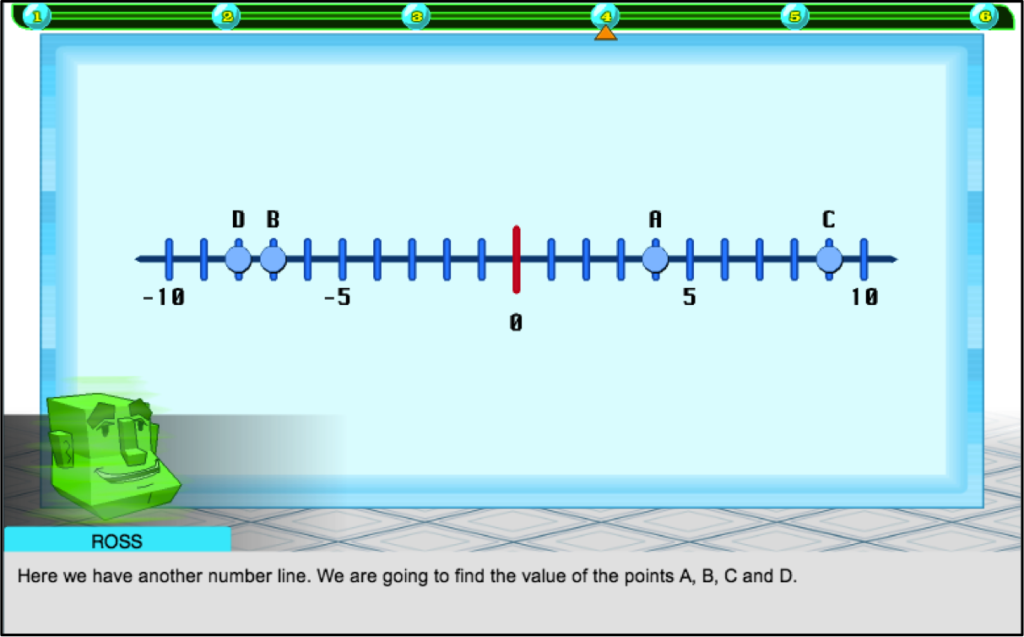 Teaching via a mix of educational technology and in-person instruction — a blended learning model — can help you enhance engagement and progress within the classroom. However, instituting “blended learning” simply for the sake of adding technology to the classroom does your students (and you) a disservice.
Teaching via a mix of educational technology and in-person instruction — a blended learning model — can help you enhance engagement and progress within the classroom. However, instituting “blended learning” simply for the sake of adding technology to the classroom does your students (and you) a disservice.
Just like any other lesson construct, clear and concise learning goals are an important key to progress and achievement, especially when new elements (such as educational technology) are brought into the classroom.
With these set goals in mind, lesson planning remains vitally important in the blended learning setting. But, what does a Blended Learning Lesson Plan look like?
Read below the break to learn about important elements of a blended learning lesson plan and to view a sample math lesson plan.
“The Blended Learning Lesson Plan”
To be truthful, a blended learning lesson plan does not differ much from the traditional lesson plan structure. The key is to be sure to lay out the time and procedure of the online and offline learning experiences.
With that in mind, let’s take a look at how a positive and negative integers number line lesson may look in a blended learning setting.
Lesson Name/Topic:
“Representing Integers on a Number Line”
Overview:
Students will learn about positive and negative integer values on a number line and the corresponding absolute value of individual positive and negative integers.
Goals and Objectives:
- Students will be able to accurately locate and place negative and positive integers on a horizontal number line diagram.
- Students will be able to assign an absolute value to negative and positive integers.
- Students will be able to explain how positive and negative integers are used to describe quantities that have opposite values (temperature above/below zero, elevation above/below sea level, etc.)
Standards Addressed (CCSS):
Materials:
- Access to a SmartBoard or whiteboard
- Digital learning device access
- Online number line activities (hint, hint…)
- Group work areas (three to five total)
- Online discussion board
- 20-30 blank entry slips
Anticipatory Set:
Ask students to write down the coldest and hottest place they can think of on an entry slip. Next, have the students (in groups or individually) write down a temperature they relate to those places.
Once the students have completed their entry slips, ask students to share their hot and cold locations/temperatures with the rest of the class and plot these temperatures on a number line drawn on a SmartBoard or whiteboard.
Discuss the differences of the temperatures on the number line in a whole class setting, having students describe the physical feelings of the temperatures and how the hot and cold temperatures relate to their location on the number line and 0 degrees. (5-10 minutes)
Instruction (Online and Offline):
Following the anticipatory activity, the classroom will go over the objectives and goals of the day and the upcoming activities that will be completed to meet the set goals and objectives.
Individual Practice:
To begin making the connection between the temperature number line and the overall goals and objectives of the lesson, the students will transition to an interactive online lesson explaining the role of positive and negative integers on a number line. Students will place integers on virtual number lines and identify absolute value.
Those who finish early receive additional enrichment in the form of practice and a number line-related game. Students who need additional reinforcement will receive extra help via the online lesson. Additionally, the teacher will walk around assisting students with any questions and comments. (20 minutes)
Group Learning:
Following completion of the online number line lesson, students will be split into groups of 4-5. As a group, the students will brainstorm other real-world uses of a number line (excluding temperature).
As the students begin the group sessions, the teacher will help scaffold a connection with the basic concept of negative/positive integers and absolute value and its value in the real world. The group will then designate one student to type their collective three-to-five sentence description of their real-world example as a post on the class online discussion board (15 minutes).
Exit Slip/Homework:
Near the end of class, the students will assigned the task of reviewing their fellow classmates’ discussion posts and to comment on the two posts they like the most as evening homework. In their comments, the students must explain why they like the chosen example and how that example may be important to a future career (in 3-5 full sentences).
To help model this assignment, the teacher will take a look at one of the posts with the rest of the classroom and create an example comment. This will help students understand the process as well as provide a reference example for students to look at when they are completing the task. (5-10 minutes)
As we all know, the lesson plan is simply the framework of instruction. The true essence and content of a lesson (blended learning or not) is derived from the ability of the educator (and students) to take what is written in the lesson plan and bring it to life. That’s where you and your blended learning model come in!
It’s also important to be aware that this lesson plan is only a simple example. The beauty of blended learning is that the mix of online and offline learning resources creates a large amount of flexibility within your lesson structure.
Are you looking for tools to help create a Blended Learning environment in your school? Join the FREE Wowzers Blended Learning Pilot. Click here for more.

0 Comments